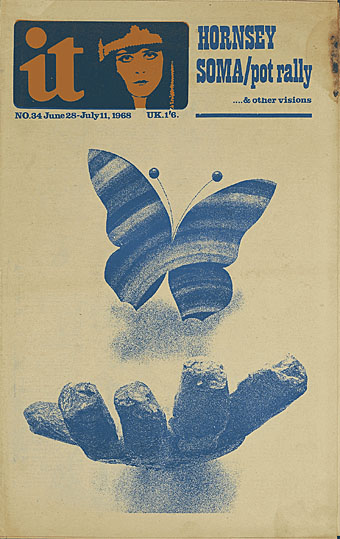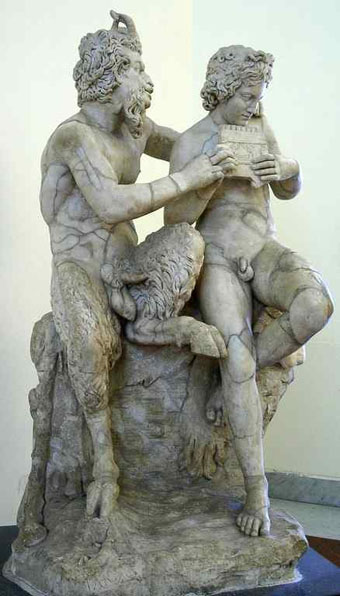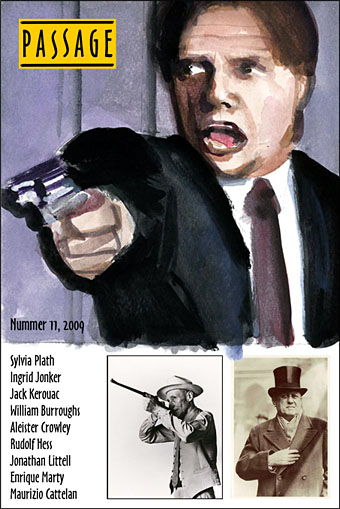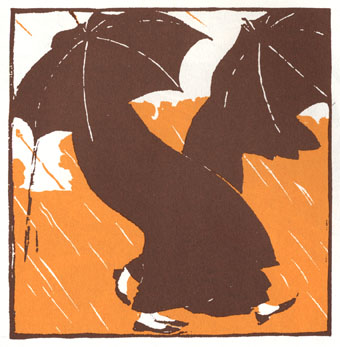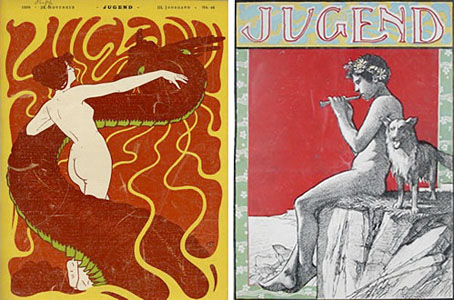The entire run of Britain’s first underground/alternative newspaper. Incredible. IT was never as flashy as Oz but ran for longer and arguably had the better contributors, among them William Burroughs. One notable feature was an avant garde comic strip, The Adventures of Jerry Cornelius, written by Michael Moorcock and M John Harrison with artwork by Mal Dean and Richard Glyn Jones. Heavyweight contributions to magazines tend to get reprinted, however, what I enjoy seeing in archives such as this is the ephemera which can’t be found elsewhere: adverts, reviews and illustrations like the one below. The site is a bit slow and it would have been good to have individual issues as PDFs but it feels churlish to complain. More archives like this, please.
Via Jahsonic.
Illustration by Stanley Mouse (1969).
Previously on { feuilleton }
• The Realist
• Revenant volumes: Bob Haberfield, New Worlds and others
• Oz magazine, 1967-73

